Which came first? Chickweed or corn silk? The answer is probably Chickweed because corn silk is found on cultivated corn whereas Chickweed has always been on the wild side. And which came first is not an idle question in that Chickweed and corn silk taste very similar (at least to most humans.) That flavor is one of the identifying characteristics of Chickweed. It made its seasonal debut this weekend in the northeast corner of the state. So far I have not seen it in my mid-state semi-front lawn but I expect it soon.
Like several other winter annuals it sprouted early this year, by perhaps a month. (I also saw a way out-of-season Pindo Palm putting on fruit. Very strange.) This chickweed was three to four inches long and under the shade of a large Live Oak. A search of the lawn nearby show a lot more chickweed on the way. It’s one of those versatile little greens that foragers like to write about and share recipes of. A Google search of the word “Chickweed” produces more than a million hits. While I know it primarily as a food it also has application in herbal medicine. To read more about chickweed, click here.
There was also a strange edible at the Jacksonville class that nearly no one eats, the Column Stinkhorn, a mushroom that smells like a dead animal. In fact many of them were wafting out their carrion aroma to the point we had to move on a couple of times while talking about other plants. The edibility of the Column Stinkhorn is also debatable. Most list it as not edible and there are reports of sickness in humans eating mature specimens. But at least one noted expert says when in the button stage they are mild and edible. This may be true but I don’t plan on finding out any time soon. They are, however, rather interesting to look at. Their fetid aroma attracts flies which then spread its spores around.
I had two other mushroom surprises this past week. I found a “The Train Wrecker” growing on a pine stump. It a tough edible mushroom that can rot rail road ties. Not exactly encouraging. But the big surprise came with finding a toxic mushroom that glows in the dark! A least one expert says “Jack O’ Lanterns” don’t glow in the dark but I took some home and they most certainly do. That is one of those irritation with plants. A recognized expert says one thing but your personal experience says something totally different. It’s 6 a.m. as I write and it is dark outside and they are definitely glowing. Experts aren’t always right. “Jacks” as they are called, won’t kill you but they will make you very ill. I know someone who found that out personally… No, it was not me. I prefer to be non-sick. I have also started several facebook group pages about mushrooms because there is a lack of them: Southeastern US Mushroom Identification, Florida Mushroom Identification Forum, Edible Mushroom: Florida, and Orlando Mushroom Group. As one might expect they go down in size. My Orlando Mushroom Group page doesn’t do much but I couldn’t pass up OMG.
Dandelion blossoms, ten pounds of sugar, and two cakes of bread yeast became my first batch of wine. I was in grammar school at the time but an old hand by then having already made two five-gallon batches of beer out of cooking malt. The wine came out far better than the beer which was made in a five-gallon crock in the basement with an oil lamp under it to keep in yeast warm in the winter. Back then all soda bottles took a cap and we had a capper for making homemade root beer. Thus most of the beer and later the wine went into 16-ounce used Coca-Cola bottles. I can remember one of our neighbors — Mr. Gowen — getting quite drunk on that Dandelion wine one night. To an 8th grader that was success.
The Dandelions I used were huge with blossoms nearly two inches across. They grew in large colonies so it took very little time to collected several pounds of them (and one had the greens for supper.) Unfortunately that is not possible here in warm Florida. Dandelions hate hot weather which is why this abundant northern blossom is seen sporadically during our winter, and then an anemic version of the real thing. I see them so rarely locally that I can remember each location I have found them. They do, however, become more common as one moves north. I saw a small patch beside the interstate in Jacksonville. Dandelions are, of course, not only prime food but medicine as well. If you want to know more about them and a wine recipe you can go here.
140,000 pounds of walnuts have been stolen in California. Police suspect organized squirrels. 12,000 pounds were taken last month in Sacramento and 140,000 pounds taken Sunday in the central valley town of Escalon just north of Modesto. The walnuts are worth nearly half a million dollars. Each theft was from trailers. Police have only crumbs to go on. If you remember, last December — and reported here — there was an $18 million dollar heist of maple syrup in Canada. These combined events have fans of maple walnut ice cream concerned, according to Ima Nutt, president of the Maple Walnut Ice CreamAficionado Association of North America. I can understand her worry. When I was a kid back in the Dark Ages the ice cream of regional choice was Maple Walnut. One can still buy it seasonally according to one maker, Schwan. I don’t know if it is on the shelves all year in New England or not. Maple Walnut was #6 in popularity out of Howard Johnson’s famous 28 flavors but that was decades ago. If we read about 1,000 pounds of chocolate topping being stolen we know the world’s largest sundae is being concocted.
This is a reminder the Florida Herbal Conference 2014 will be held in Deland in late February. Also for the third year in a row I will be leading weed walks at the conference, a challenge in winter on dry ground. My walks are usually first thing in the morning when the air is cool and the coffee hot. Although it is the Florida Herbal Conference it draws teachers and students from all over North America. Two other Florida “locals” will be teaching classes besides the scheduled main speakers. They are Andy Firk who holds a wide variety of workshops throughout the year at his “Bamboo Cove” in Arcadia, and Mycol Stevens of Gainesville, organizer of the Florida Earthskills gatherings.
Though your foraging may drop off during the winter it’s a great time to study wild edibles with my nine DVD set. Each DVDs has 15 videos for 135 in all. They make a great Christmas gift. Order today. Some of these videos are of better quality than my free ones on the Internet. They are the same videos but many people like to have their own copy. I burn and compile the sets myself so if you have any issues I handle them personally. There are no middle foragers. And I’m working on adding a tenth DVD. To learn more about the DVDs or to order them click here.
Six new foraging instructors were added to my master list of such teachers in North America and Europe. This brings the total to well over 100. You can access the duplicated information two ways. Is is under “resources” via the search window. Or, there is a drop down menu under the word “foraging” on the menu line that will show “foraging instructors.” Click on that then scroll down to the state, providence, or country you are interested in. If there is no teacher in your area you can always contact the closest teacher and ask them if they know of an instructor in your area.
My classes this week will be in Gainesville Saturday and Ocala Sunday.
To donate to the Green Deane Newsletter or Website click here.

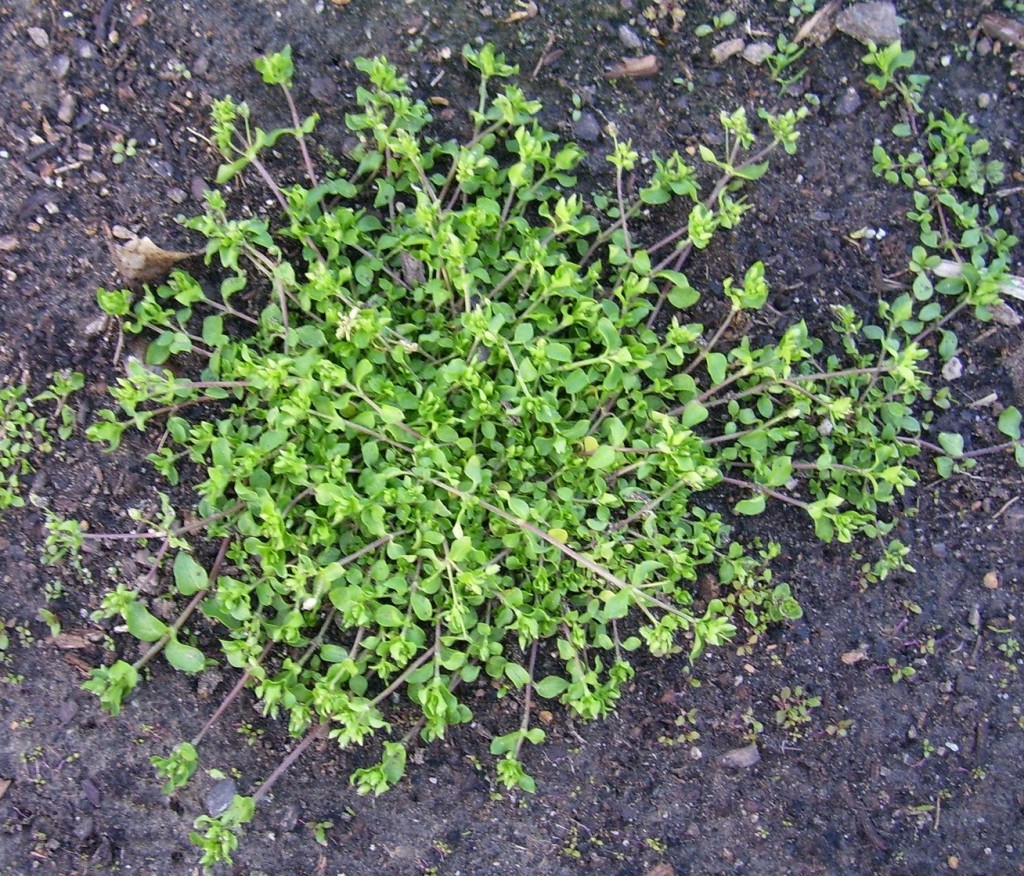
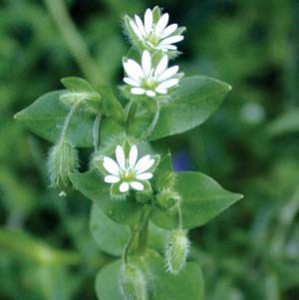
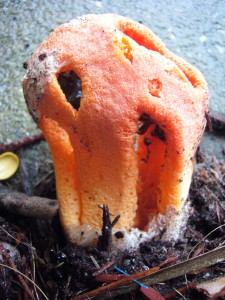
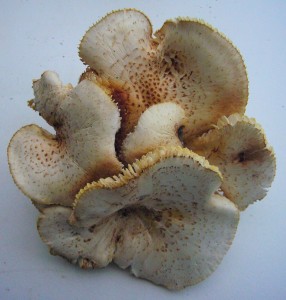
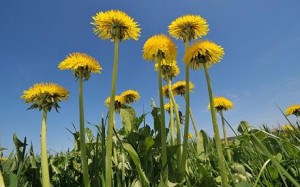
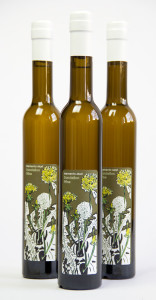
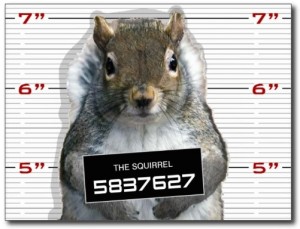
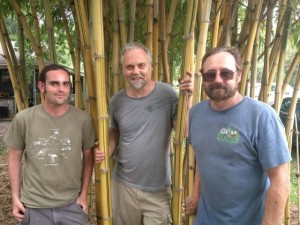
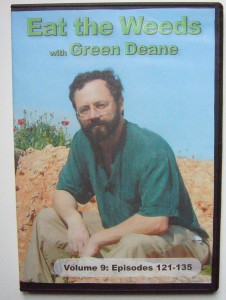


Ever since I read Ray Bradbury’s “Dandelion Wine” as a teenager, I’ve wanted to make it… I’ve just never had enough time or dandelions.
Nice find on the Jack! That’s cool as heck.
I made both dandilion and watermellon wine as a kid 16 or so. My friends and I got drunk off of it and it was super easy to make, I also pickled the watermellon rind from the same mellon, (the pig ate the peelings) I know what you mean, I grew up in Mass and the dandilions were HUGE and the greens (small ones) were yummy.
Thank you for all you do. You make the world a more delicious place!
Look up Bunkerhill winery in Manatee county. They make their own Dan. wine, it’s yummy!
I took advantage of the Beauty Berry Bushes growing on my property and made jelly. Oh my gosh its sooooooo good. A really good syrup too. I like to pour the syrup over cobblers….mmmmm
Try mixing some fresh rosemary in with the beutyberrys when making the syrup, it is really really good on johnnycakes.
I mix the beautyberry syrup with tea (plain ole regular tea).It’s great! Best with lime – I just follow the jelly recipe and forego the pectin. Anytime of year I can bust a can open and combine it with fresh tea (Great when hot!)
I too have seen jack-0-lanterns glowing in the woods at night. When I was a child and grew up in Central Florida our family would go to Titusville to fish off the old fishing pier. We threw cast nets and snatch hooked mullet frequently. We were able to see our quary from the phosphorescent glow in the water that the schoolos of mullet made. We also founf a lot of foxfire in those days which is the phosphorus glowing in rotting wood. Today there is very little Ph glow in the ocean due to polution, and foxfire is a rareity. I wonder if jack-o-lanterns have any correlation to phosforus found in the soil; or perhaps growing where rotting wood (foxfire) is present? Have you ever hypothesized this?
The glow is supposedly the mushroom getting rid of some by-product chemicals that are toxic to it.
I have still yet to see Jack O’ Lantern mushrooms glow in the dark. I know others have, and the books say so, too.
They are still sitting on my night stand. They glowed last night as well.
Deane, as for the Pindo Palm fruiting out of season…. are you familiar with the National Phenology Network? A dept. within USGS their slogan is”taking the pulse of the planet”… “it is scientists and citizens working together to understand phenology” -“the seasonal activity of plants and animals-to understand and adapt to climate change”. Quite likely with the journaling and date-logging in foraging would serve as USEFUL data to them!! ANY observation is worth reporting and you can trend your own data. Visit usanpn.org for more info. They have cited/documented the variation in acorn production biomass and TIMING! Check them out; I enjoy your teachings and if I were able I’d be attending some of your events (recently divorced,disabled, vehicleless, poor biology student !ha!). -Glen B -follower of my (or any) county’s UF/IFAS and the TBEP.
Why isn’t the DEA all over this walnut thing? The FDA says walnuts are drugs! 🙂
About mid day (Fri-22,Nov.), very cold ;but sunny with slight breeze the kind of weather that makes branches and little plants dance without whistling , may be only whispering for me to come down old man just covering from a flew. I was looking at the back garden through the window from scond storey flat of my son , one resident of “Elms, Beech,&Rowan Court 385- Spring Road, Southampton UK.” To be more acurate the locality where I’ve collected Chicweed is under an old Oak tree growing near the wooden fence east of this residential site. I must say this time I’ve really missed my grandson Yusuf ( young future forager) who is now enjoying the bright sunny warm dry winter of Khartoum. He could have shared with me what I’ve cooked and eaten (please see the article on “Chickweet Chick”) His father refused – I always induce these engineers to be intimate with nature. Inspite of your strong advice not to eat a plant unless seeking confirmation on its identity from a nearby expert , yet ,equipped with the good info. you’ve provided in the article”Chickweed Chick” and “Green Deane’s Itemised Plant Profile Identification, I’ve carefully checked the samples collected, and become quite convinced that “Stellaria media” had honoured my gut. I wish I can grow this plant in my country,Sudan, inspite of the unfavourable conditions. Some people claim it occurs in west Africa and others advertise for selling it in South Africa. However “globulization” is interactive.
My grand father died back in 1978, at the age of 65, he was a good hardworking man. He worked in the orange groves here in central Florida, most of his life. He drove a farm tractor, plowing, fertilizing, and spaying pesticides, and herbicides. I’m not sure, but at one time (DDT) was used as well. I don’t think he knew the harm he was doing. Just like a cement truck must be cleaned out each and every time after the delivery, of cement, so dose certain farm equipment. Were did this cleaning take place? Did the washout, just go into some local soil? Only grandfather knows, and he can’t tell us anymore. Maybe near a source of water, a lake or river. So there are potentially, really hot spots of toxic soil out there, hiding in plain sight. Many of these orange groves have been abandoned, and turned into housing developments, and back to nature. The kind of wilderness the we might mistake as being safe to forage from. I like to hunt duck, but I’m concerned about the lead that it puts into the environment. In heavily hunted areas, lead contamination accumulates over time. Before unleaded gas, lead contamination accumulated near major highways too. I remember as a very young man, we lived way out in the country, there was no trash pickup. All of our trash was burned in a hole dug in the back yard. When it got full, we buried it, and dug a new trash hole. For many years small towns disposed of there trash the same way as we did. Where are these old town dumps now? I read somewhere that dangerous concentrations of toxins are located in the muck at the bottom of lakes, and rivers. I would not eat fish that came out of any small lake, located in the middle of I-4, or the Turnpike, but I see people fishing there. I often hear you talk about the importance of determining the quality of the environment, that we forage from. How can we tell? I am looking to purchase some land. I wish to find some clean land, if there is any left. Is there a way to inspect the soil of this land, before I buy it? I’m sure there is some kind of soil test, but what kind? What is the safe level of toxins? I value your opinion very much. John L.
Yes, one needs a crystal ball. In Sanford there is an apartment complex. It is built on what was first a dump and then an oil depot. About the best advice I can give is talk to locals with gray beards. They usually know what has been done to local land.
I will try that. I noticed that on Google Earth, there is a sliding bar tool, that allows you to see the land from years ago, to the present time. One property that I was interested in was a large junk yard, back in 1992. Now in 2013 the satellite image, there is no trace of the junk yard at all. Thank You. John Logan.